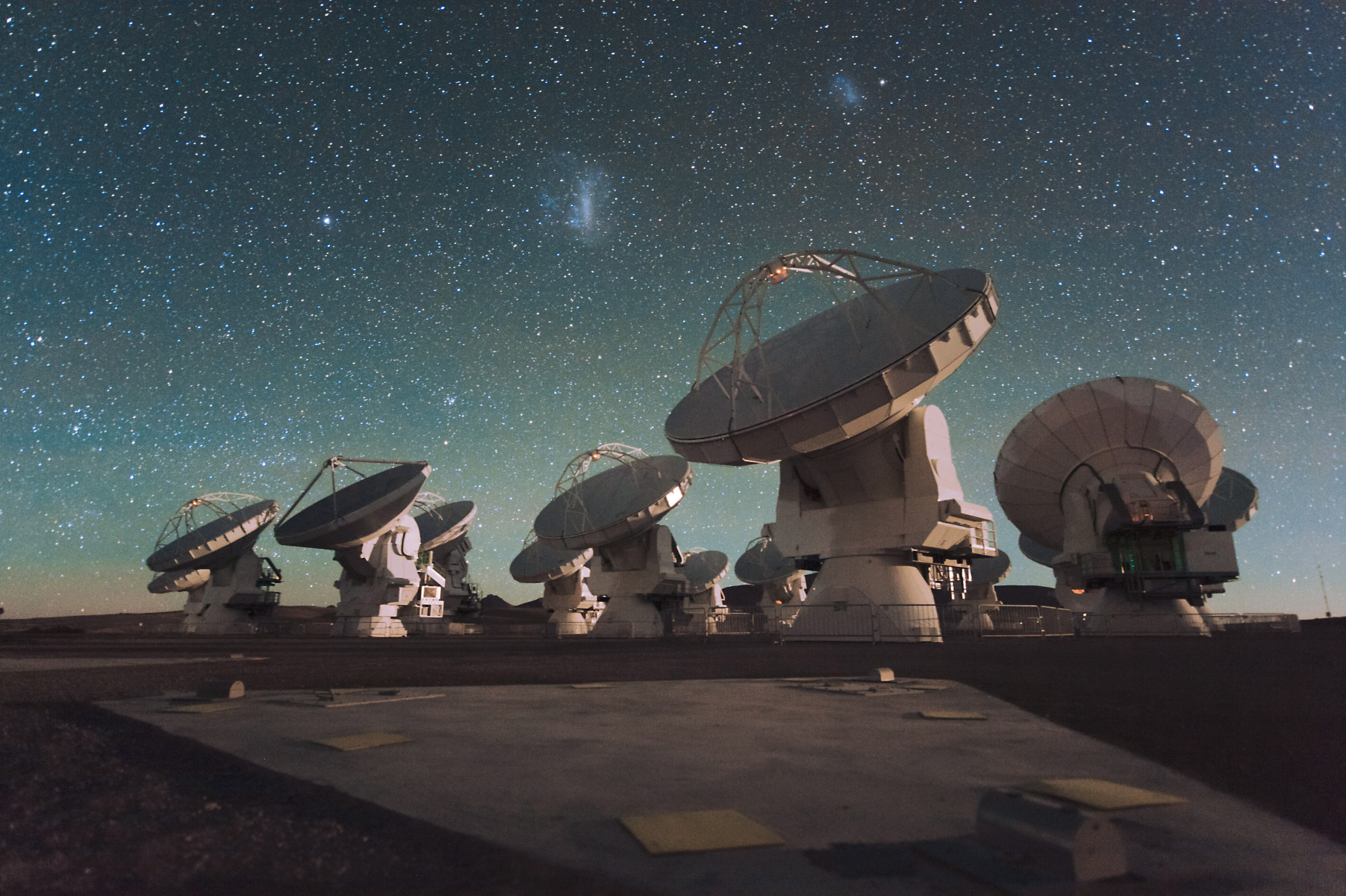Researchers have discovered water vapour in the disc surrounding a young star, precisely where planets may be taking shape.
Water is a crucial element for life on Earth and is believed to have a significant impact on planet formation. However, until now, astronomers have struggled to map the distribution of water in a stable, cool disc – the type of disc most conducive to planet formation around stars.
For the first time, astronomers have measured the amount of water vapour around a typical star in the process of forming planets.
The breakthrough was made possible by the Atacama Large Millimeter/submillimeter Array (ALMA) – a group of telescopes situated in the Chilean Atacama Desert. The UK ALMA Regional Centre Node, hosted by the University of Manchester’s Jodrell Bank Centre for Astrophysics, supports British astronomers utilising ALMA.
Dr Anita Richards, a Senior Visiting Fellow at The University of Manchester and former member of the UK ARC, played a crucial role in ensuring the ‘Band 5’ receiver system operated efficiently, allowing ALMA to generate a detailed image of the water.
The findings, published in the journal Nature Astronomy, show at least three times more water in the inner disc of the young Sun-like star HL Tauri, located 450 light-years from Earth in the Taurus constellation, than in all of Earth’s oceans.
Stefano Facchini, an astronomer from the University of Milan, Italy, who led the study, expressed his surprise at capturing an image of vast water vapour oceans in the same region where a planet is likely forming.
Co-author Leonardo Testi, an astronomer from the University of Bologna, Italy, added that it was remarkable to not only detect but also capture detailed images and spatially resolve water vapour at a distance of 450 light-years.
These observations with ALMA, capable of showing details as minuscule as a human hair at a kilometre distance, enable astronomers to determine the distribution of water in various disc regions.
A substantial amount of water was found in the region where a gap exists in the HL Tauri disc – a potential spot for planet formation. This suggests that water vapour could influence the chemical composition of planets forming in those areas.
Observing water with a ground-based telescope is challenging due to the abundant water vapour in Earth’s atmosphere degrading astronomical signals. ALMA, operated by the European Southern Observatory (ESO) and its international partners, minimises this degradation by being situated at an elevation of about 5000 metres in a high and dry environment, providing exceptional observing conditions. ALMA is currently the only facility capable of mapping the distribution of water in a cool planet-forming disc.
The dust grains within a disc are the building blocks of planet formation, colliding and clumping to form larger bodies orbiting the star. Astronomers believe that in regions cold enough for water to freeze onto dust particles, materials stick together more efficiently – an ideal location for planet formation.
Members of the UK ARC are involved in a significant upgrade of ALMA, which along with ESO’s Extremely Large Telescope (ELT) coming online in the next decade, will offer clearer views of planet formation and the role water plays in it. METIS, the Mid-infrared ELT Imager and Spectrograph, will provide astronomers with unparalleled views of the inner regions of planet-forming discs, where Earth-like planets form.
